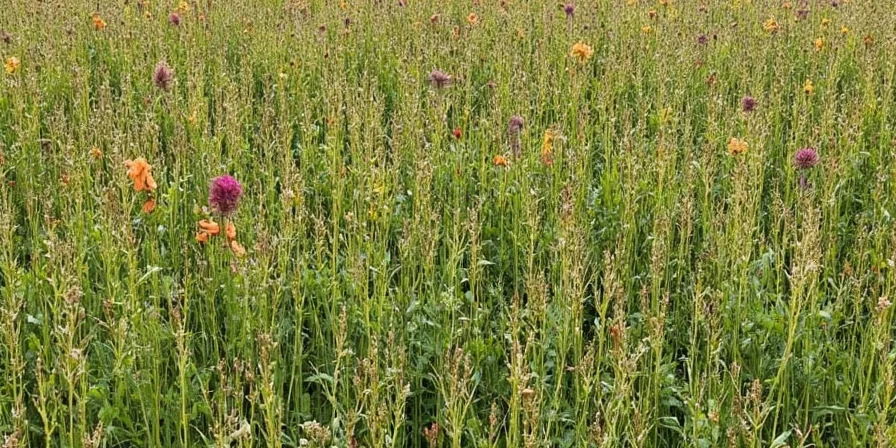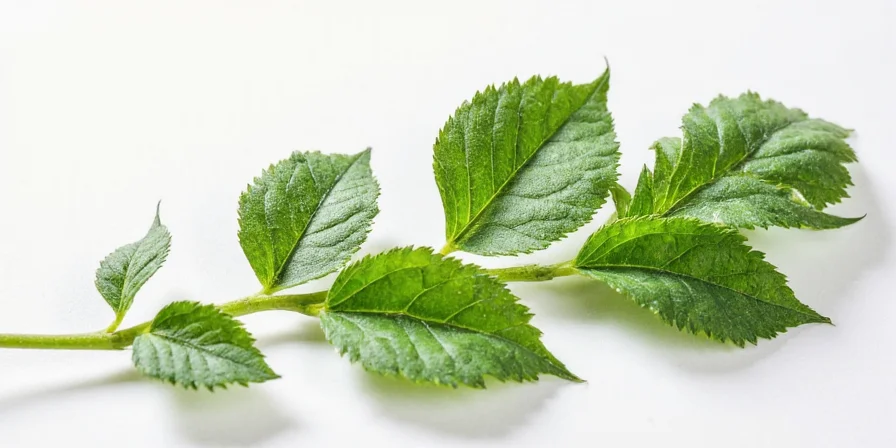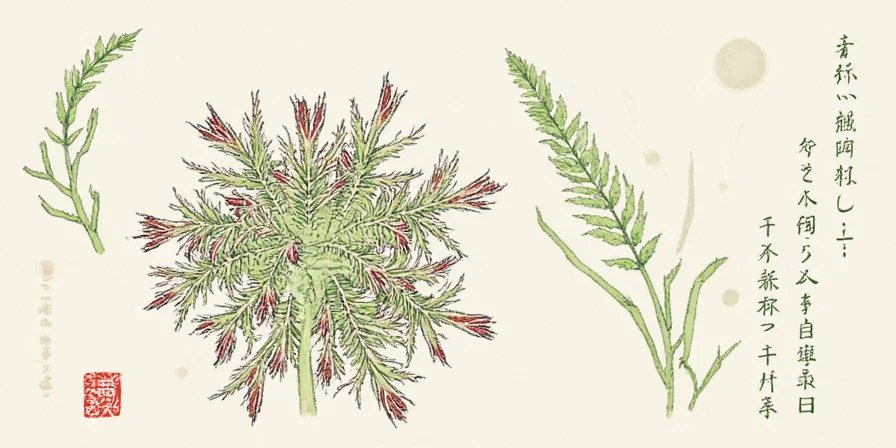Dillweed Decoded: From Garden to Plate – A Fresh Take on This Flavorful Herb
Table of Contents
Introduction
Alright, let’s get real—when someone mentions dillweed, your mind might immediately go to Breaking Bad, but today we’re diving into the fragrant, leafy version of this culinary gem. Dillweed is not just another herb cluttering up your spice rack; it’s a powerhouse of flavor that can elevate everything from soups to seafood.

What Is Dillweed Anyway?
Dillweed comes from the dill plant (Anethum graveolens) and refers specifically to the feathery leaves of the plant, which are used fresh or dried as a seasoning. Often confused with dill seeds (which come from the same plant), dillweed offers a much more delicate, grassy flavor profile compared to its seed counterpart.
| Feature | Dillweed | Dill Seeds |
|---|---|---|
| Part of Plant | Leaves | Seeds |
| Flavor | Herbaceous, citrusy, mild | Pungent, earthy, slightly bitter |
| Best Used In | Fish dishes, salads, sauces | Pickling, breads, stews |
| Form | Fresh or dried leaves | Dried seeds |

Flavor Profile & Culinary Uses
Dillweed tastes like a blend of anise, lemon, and celery—bright, fresh, and aromatic. It’s often described as “fresh” and “clean,” making it perfect for spring and summer dishes. Because of its delicate nature, it doesn’t hold up well to long cooking times, so it's best added at the end of preparation.
Top Flavor Pairings with Dillweed:
- Fish (especially salmon and trout)
- Dill pickles (though that uses dill seeds mostly)
- Cucumbers (hello, tzatziki!)
- Yogurt-based sauces
- New potatoes
- Eggs (scrambled, deviled, or baked)

How to Grow Dillweed Like a Pro
If you’ve ever tried growing dill, you know it can be a bit of a diva—but once it gets going, it rewards you with lush greenery and big flavor. Here’s how to do it right:
Step-by-Step Guide to Growing Dillweed:
- Choose the Right Location: Full sun (6–8 hours/day).
- Soil: Well-draining soil with a pH of 5.5–6.5.
- Planting: Sow seeds directly into the ground after last frost.
- Spacing: Keep plants about 12 inches apart.
- Watering: Keep moist but avoid waterlogging.
- Harvesting: Start harvesting when plants reach 6–8 inches tall.

Cooking with Dillweed – Tips & Tricks
Chefs love dillweed for its versatility and ability to brighten up even the most basic dishes. Here’s how to use it like a pro:
Pro Cooking Tips:
- Add dillweed at the end of cooking to preserve its fresh flavor.
- Mix chopped dillweed into compound butter for grilled fish or steak.
- Use it in homemade mayonnaise or aioli for sandwiches and burgers.
- Combine with sour cream and chives for a classic baked potato topping.
- Infuse oils or vinegars by steeping fresh sprigs in them for several days.

The Health Benefits Behind the Herbs
It turns out dillweed isn’t just tasty—it’s also good for you! Packed with antioxidants and essential oils, it supports digestion, reduces inflammation, and may even have antimicrobial properties.
Nutritional Highlights:
- Vitamin A: Supports eye health and immune function.
- Vitamin C: Boosts immunity and skin health.
- Calcium: Important for bone strength.
- Antioxidants: Helps fight free radicals in the body.
Storage & Preservation Techniques
Dillweed doesn’t last forever, but there are smart ways to extend its life without losing flavor.
How to Store Fresh Dillweed:
- Place stems in a glass of water like a bouquet and refrigerate.
- Wrap loosely in a damp paper towel and store in a plastic bag.
Long-Term Storage Options:
- Drying: Hang bunches upside down in a cool, dark place. Crumble leaves before storing.
- Freezing: Chop and freeze in ice cube trays with water or oil for easy use.
- Salt Infusion: Mix finely chopped dillweed with coarse salt for a flavorful seasoning blend.

Common Mistakes (and How to Avoid Them)
We’ve all been there—overcooked dillweed, under-seasoned soups, or letting a beautiful bunch wilt away in the fridge. Here’s how to fix that.
Don’t Do This:
- Overcooking: You’ll lose all that bright flavor.
- Using old dillweed: Stale herbs are flavorless—always check freshness.
- Buying limp greens: Look for vibrant green leaves, no brown edges!
Dillweed Around the World
Dillweed shows up in kitchens around the globe, each culture putting its own spin on this beloved herb.
Global Dillweed Dishes:
- Russia: Used in borscht and beetroot soups.
- India: Known as “soya” or “sowa,” used in pickles and regional breads.
- Scandinavia: Essential in gravlax and other cured fish dishes.
- Greece: Part of skordalia and other Mediterranean dips.
- Eastern Europe: Found in pierogi fillings and potato salads.

Conclusion
Dillweed may seem simple at first glance, but don't underestimate its power to transform your cooking. From its bright, zesty flavor to its surprising health benefits, this humble herb deserves a spot in every kitchen and garden.
Whether you're whipping up a quick yogurt sauce or planting your first herb garden, dillweed adds that little extra flair that takes your dish from good to unforgettable. So next time you're at the market, grab a bunch and let your inner herbivore run wild.
Happy cooking—and keep dilling’!











 浙公网安备
33010002000092号
浙公网安备
33010002000092号 浙B2-20120091-4
浙B2-20120091-4